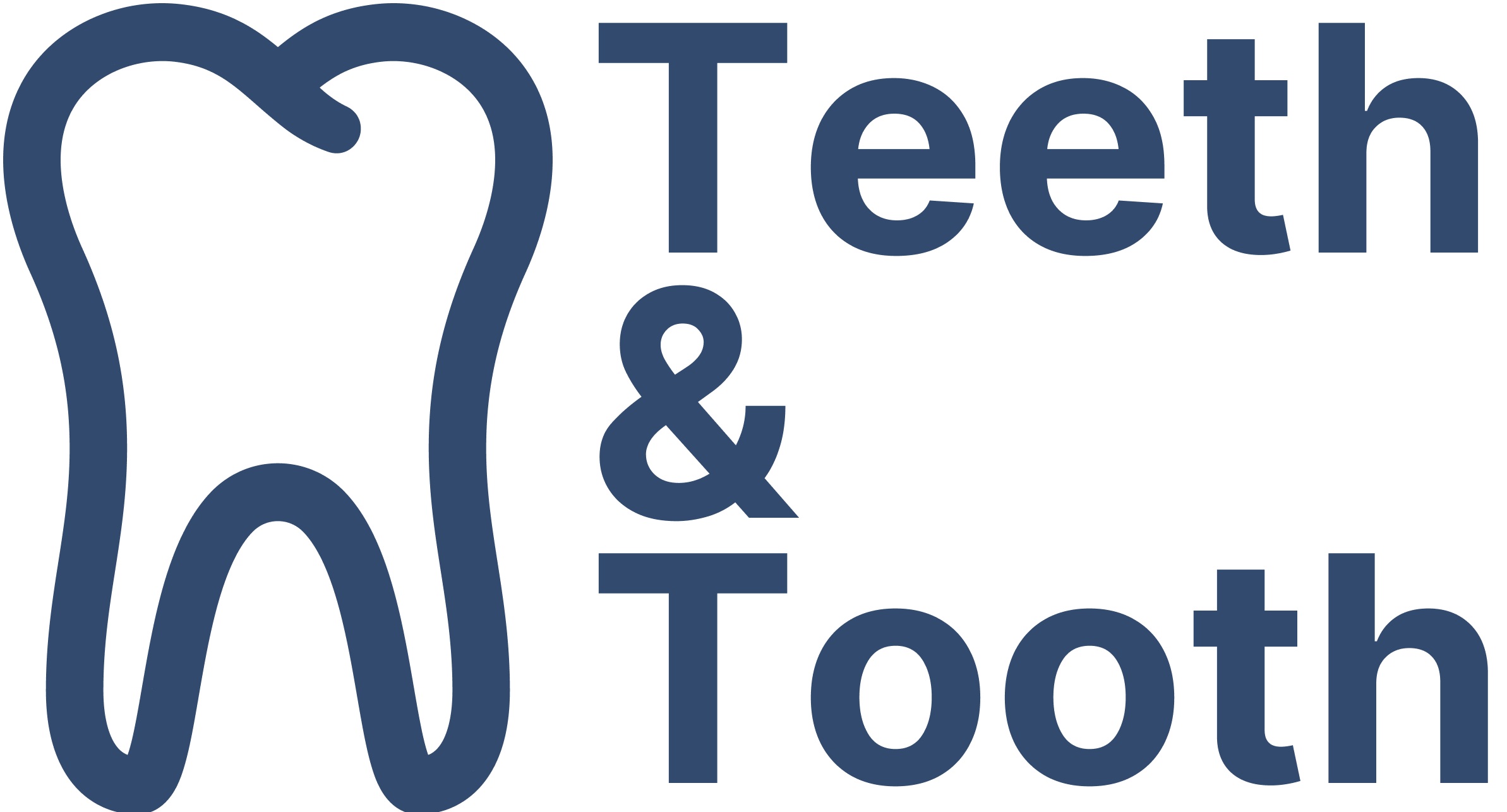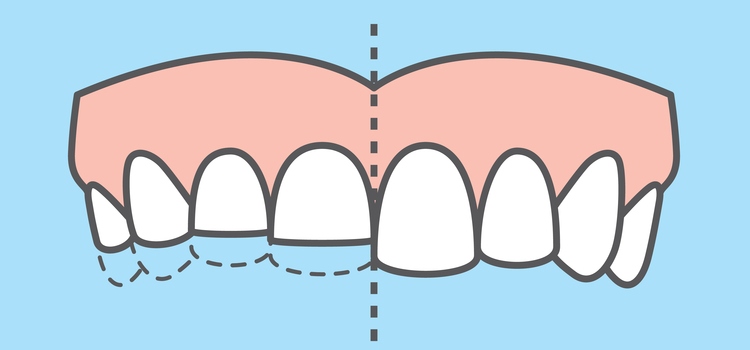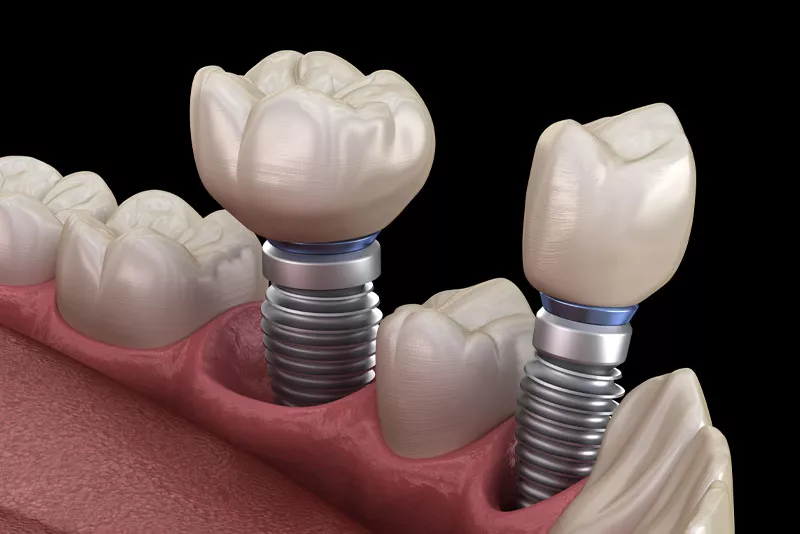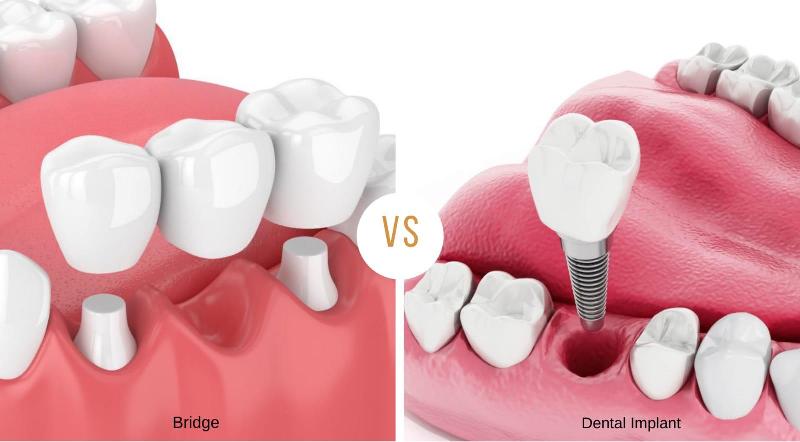
The growth of your babies’ teeth are a source of pride and joy for parents, but many of you may have wondered why the teeth appear gray or discolored instead of pearly white.
This is not an uncommon occurrence and is not an immediate indication of a dental problem. In fact, it is normal for baby teeth to appear gray, especially when they are first coming in. This discoloration of the baby teeth is not caused by staining but rather, due to the appearance of the dentin which has a natural yellowish or grayish color; the dentin is a hard calcified tissue that makes up the bulk of a tooth.
Located right beneath the enamel, the dentin serves to support the structure of the enamel. In the early stages of a baby teeth’s growth, the enamel is not yet fully developed and is much thinner than an adult teeth. As a result, the dentin is much more visible, giving off the appearance of discoloration in your baby’s teeth.
In some cases, health problems like genetic conditions or systemic diseases such as anemia can also cause baby teeth to appear gray in color.
Flourosis and White Stains
In the other extreme end, white stains may appear in the teeth of your toddlers. This is due to a condition better known as dental fluorosis. This occurs when there is an over consumption of flouride during the development of the tooth.
Fluoride is a mineral that is naturally present in water and soil, and it is commonly added to toothpaste and mouthwashes to help prevent tooth decay. When a person uses fluoride in appropriate amounts, it can help to strengthen and protect the teeth.
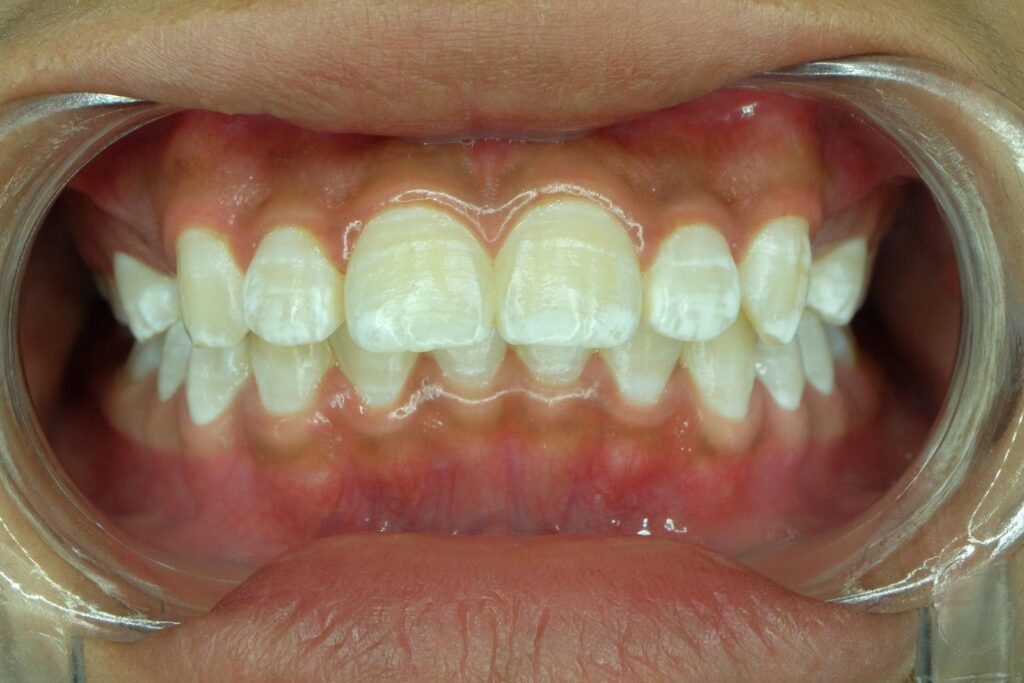
However, if a toddler ingests too much fluoride—through the heavy consumption of flouridated water or flouride toothpaste—while their teeth are developing, it can lead to discoloration of the teeth. The severity of the condition can range from very mild, with just a few white specks on the teeth, to more severe, with brown staining and pitting of the enamel.
While dental flourisis is generally not harmful to the development of your toddler’s teeth, it can be a cosmetic concern as stains caused by flourisis cannot be removed from regular brushing or flossing. The most popular treatments to hide or remove the white spots are teeth whitening, dental veeners, bonding, and enamel microabrasion.
If you are concerned about the appearance of your baby’s teeth, it is always a good idea to consult with a dentist or pediatrician for a professional evaluation. They will be able to determine the cause of the discoloration and advise you on the necessary treatment or preventive measures.
Staining from Medications
Consumption of certain commonly prescribed medication over the long term can lead to dark stains on the teeth. These include tetracycline antibiotics , antihistamines, as well as vitamins that contain iron. Tetracycline in particular, is an antibiotic that can be passed to the infant during pregnancy, or through the mother’s breast milk.
As such, it is important to take note of your toddler’s teeth if they are undergoing long term medication. If you are concerned about staining or discoloration of your teeth due to medications or other products, you should talk to your dentist or healthcare provider. They can recommend treatment options or suggest alternative medication that are less likely to cause staining.
Necrotic Teeth Turns Dark
While discoloration and white stains in your baby’s teeth are not an immediate cause of concern, it is important to observe the teeth for an extended period as it may be signs of pulp necrosis.
Necrotic teeth are essentially ‘dead’ teeth as the pulp tissue inside the tooth dies. Pulp necrosis happens when physical trauma causes the blood supply to the pulp to be cut off, or when a cavity decays beyond the tooth enamel and into the pulp. In these scenarios, the pulp can no longer ‘live’ and effectively dies off.
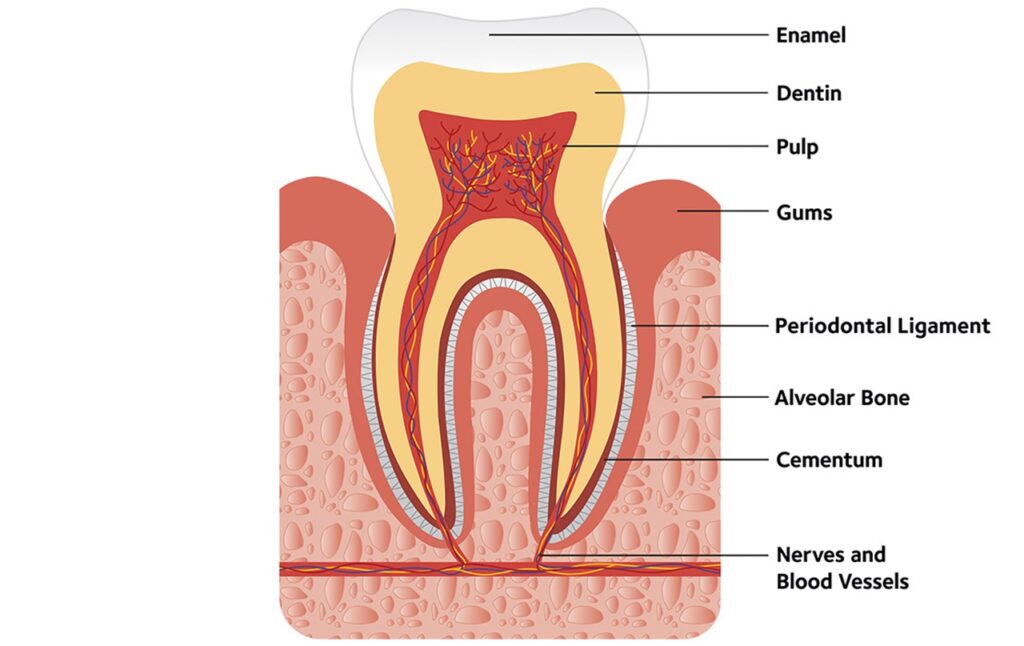
The first signs of pulp necrosis are pain and discomfort caused by the infection and swelling in and around the tooth. If left untreated, the condition can lead to severe complications including dental abscess (a pocket of pus in and around the infected area), bone loss, and periodontitis.
Treatment of necrotic child usually involve the removing of the dead pulp tissue and the sealing of the root canal. In cases where the structure of the tooth is severely damaged, extraction will be necessary to protect the surrounding teeth.
